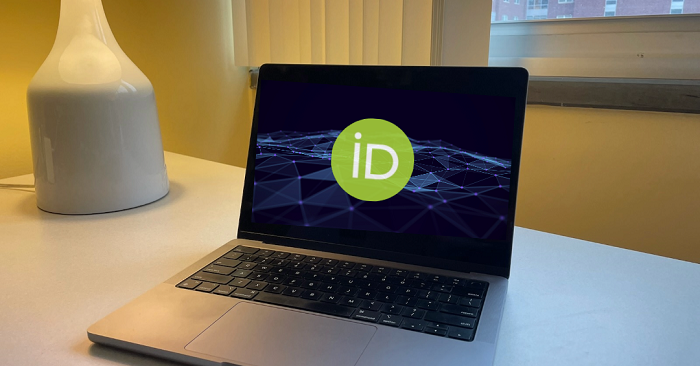
Give your research the visibility and safekeeping it merits by taking two important steps: Create an ORCID® iD and connect it to UVM.
ORCID (Open Researcher and Contributor ID) is a not-for-profit organization that generates unique identifiers to every registrant. ORCID also maintains a registry of these unique digital persistent identifiers – called DPIs, PIDs or ORCID iDs. By 2025, U.S. federal funding agencies will require researchers to have a digital DPI when applying for federal grants (some already do), and ORCID is currently the only option that meets all criteria per the White House Office of Science & Technology Policy Public Access Policy memo (PDF).
Because ORCID iDs are a critical part of the university’s efforts to comply with the presidential memo, Enterprise Technology Services created an integration for UVM’s institutional ORCID account to connect to individual researcher ORCID accounts. This institutional connection is the minimum required of a researcher applying for federal funding. But beyond a minimum requirement, these persistent identifiers are a necessary asset to researchers throughout the lifecycle of their work.
“Researchers benefit from having a unique identifier that will follow them through their careers and the university benefits from being identified as the homebase for innovative work,” said Donna O’Malley, scholarly communications librarian and member of the ORCID-UVM integration working group.
Federal requirements aside, having a unique persistent identifier is important to protecting your research. Consider:
- Names are not unique.
- Many researchers use different versions of their name during their career.
- Researchers use different alphabets, abbreviations and naming conventions.
- Research work is often global or regional, not just local.
An ORCID iD:
- Provides a 16-digit number and an associated record (profile) that stores links to all of your research (the format looks something like this: https://orcid.org/0000-0001-2345-6789).
- Accurately links you with your research and contributions.
- Distinguishes you from another researcher with a similar name.
- Manages your identity despite change in institutions, profession, gender, name, etc.
- Improves the visibility of your research.
- Saves time on repetitive data entry when applying for funding.
- Saves time when submitting manuscripts for publication.
Because ORCID is a not-for-profit, data is not sold and individuals have full control over their own privacy settings and information shared.
UVM says that this initial institutional connection is just the beginning for UVM-ORCID integrations. “This integration is the first step – ETS plans to continue unlocking additional features and enhancements for all of our researchers to make their ORCID iD work harder for them, said O'Malley.”
Creating your iD and connecting it to UVM is easy.
- Answer any lingering questions about ORCID
- Create or Connect your ORCID iD. Registering takes about 30 seconds. Note that completing your register and looking at your privacy settings will take a little longer (you can also find the create/connect button by going directly to your UVM Directory profile).
- Use your unique ID – wherever you talk about your research.
